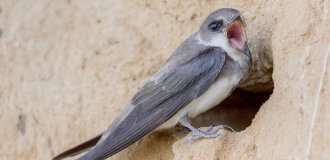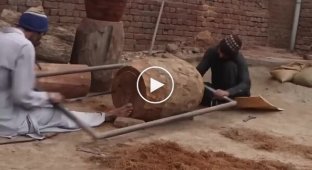Dur-Kurigalzu: a time knot in the heart of Mesopotamia (15 photos + 1 video)
Rising from the desert sands near the Euphrates, this colossal silhouette resembles a natural creation—a sandstone cliff. But it is three thousand four hundred years old, and constructed of mud brick. 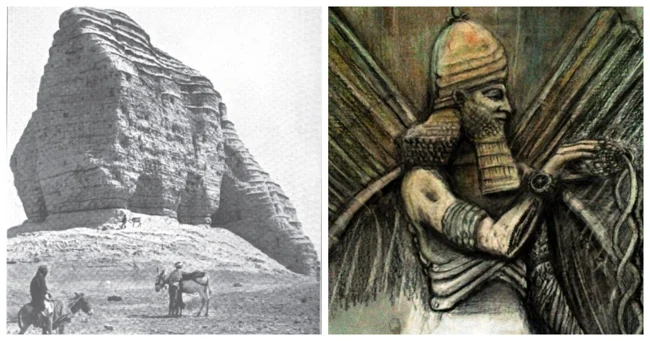
This was once a sixty-meter-tall ziggurat, crowning the capital of the Kassite kings. Today, only the core remains: the city of Dur-Kurigalzu was razed to the ground by the Elamites in the twelfth century BC. 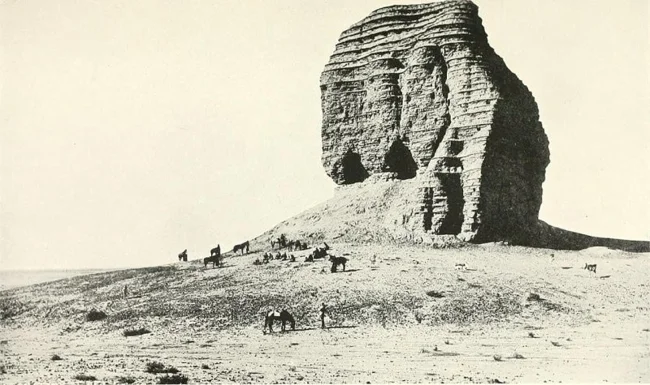
The Ziggurat of Dur-Kurigalzu in 1920
Founded by King Kurigalzu I in the early 14th century BCE, the fortress of Dur-Kurigalzu became the heart of the longest-ruling dynasty in Babylonian history. The Kassite kings ruled Babylonia for nearly four centuries. The fortress city stood at the Aqar Quf Depression, guarding the caravan route eastward, through the Iranian plateau to the Afghan deposits of lapis lazuli—a treasure of a deep blue color. 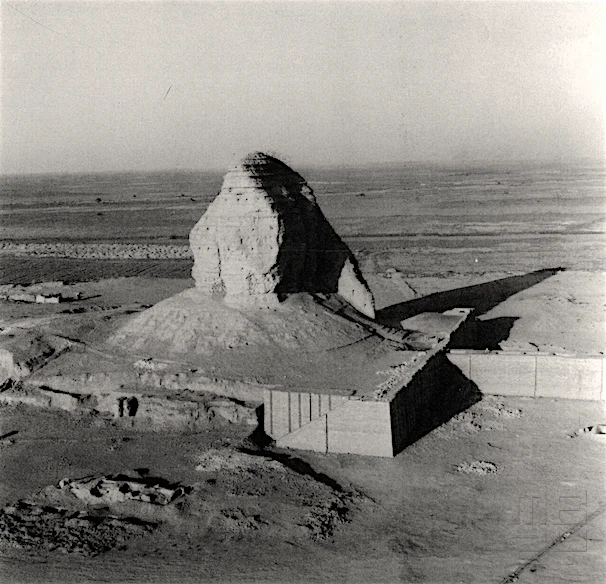
At its peak, the city spread over 225 hectares behind a massive wall. Its elongated shape, topped by several hills, likely reflected a distinct zoning system. Dominated by a ziggurat dedicated to the supreme god Enlil, it dominated the landscape. For centuries, camel caravans, and later automobiles, used it as a landmark on the way to Baghdad. Locals nicknamed it Nimrod's Hill, a confusion that led many Western travelers to see it as the ruins of the Tower of Babel itself. 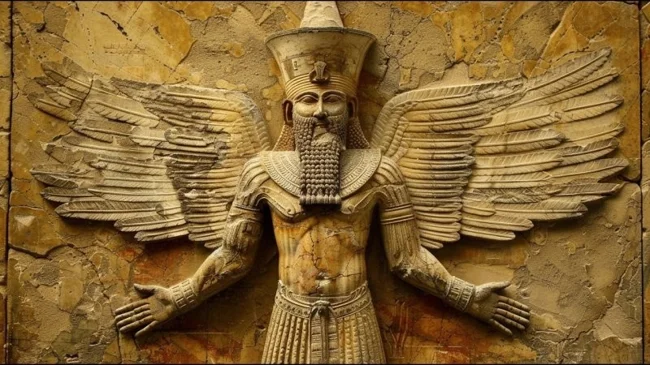
Enlil - the god of wind, air, earth, and storms in Sumero-Akkadian mythology, the supreme god of the Sumerian pantheon.
Time has mercilessly worn away the monument, and now it is in danger of collapse. But it is precisely this erosion that has made the ziggurat invaluable to architectural historians. It has revealed construction secrets unseen in any other temple tower: layers of reed mats and ligaments that held the structure together and compensated for subsidence. These details are visible here better than anywhere else. 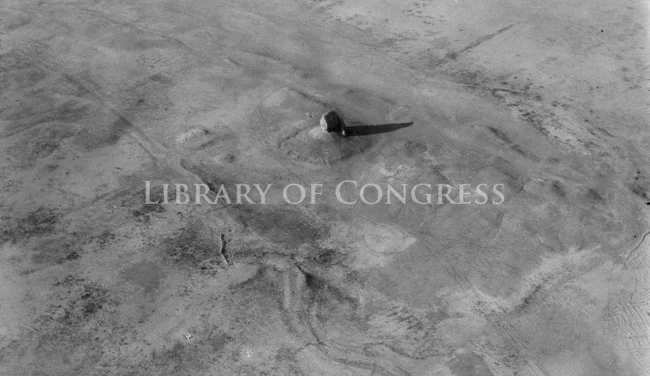
Aerial view of the ziggurat in 1932
The ruins were first identified in the early 19th century, and the lower terrace was cleared in the 1940s. In the 1970s, the government reconstructed the first tier, attempting to restore the giant to a shadow of its former glory. 
"The Tower of Babel," by Pieter Bruegel the Elder (1563)
Today, the Dur-Kurigalzu ziggurat stands as a quiet witness to history, existing in a delicate balance. It is not actively deteriorating, but is slowly deteriorating due to time and a lack of large-scale restoration work. Its future directly depends on stability in the country, an influx of funding, and the attention of the international scientific community. 
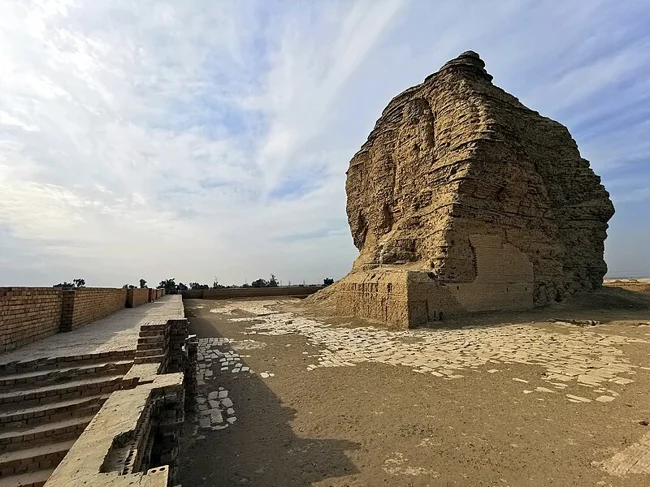
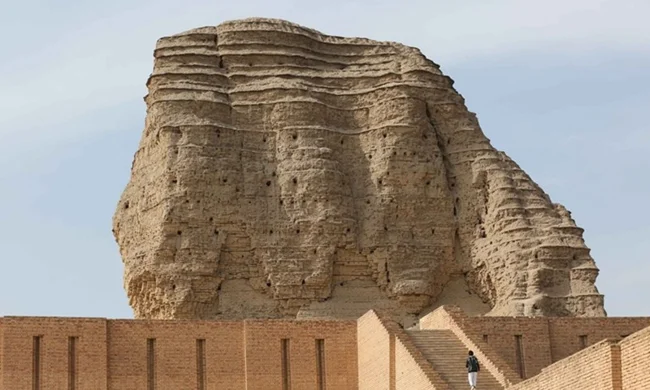

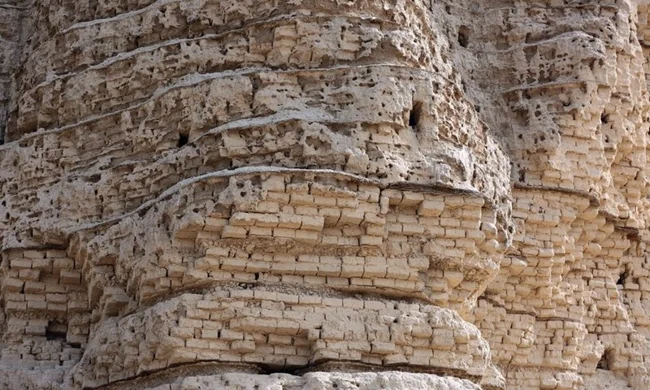
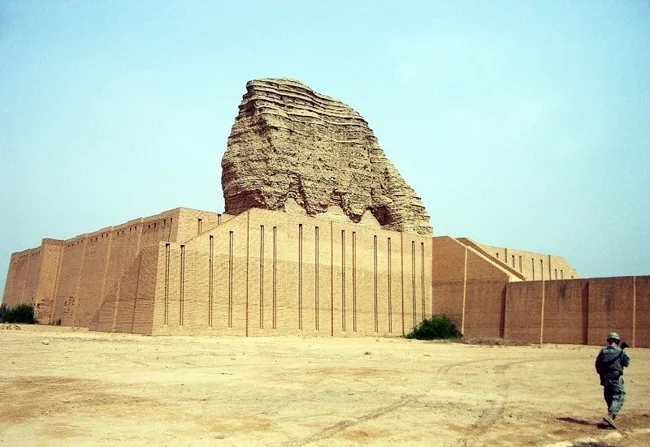
Ziggurat In 2010 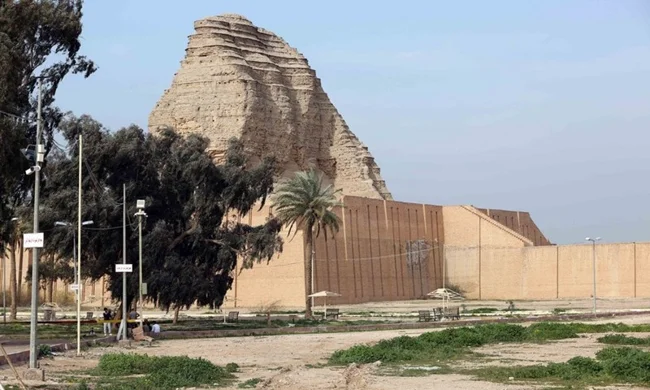

Photo after reconstruction, 2021 
Photo from 2023


